The nature of the year 2022
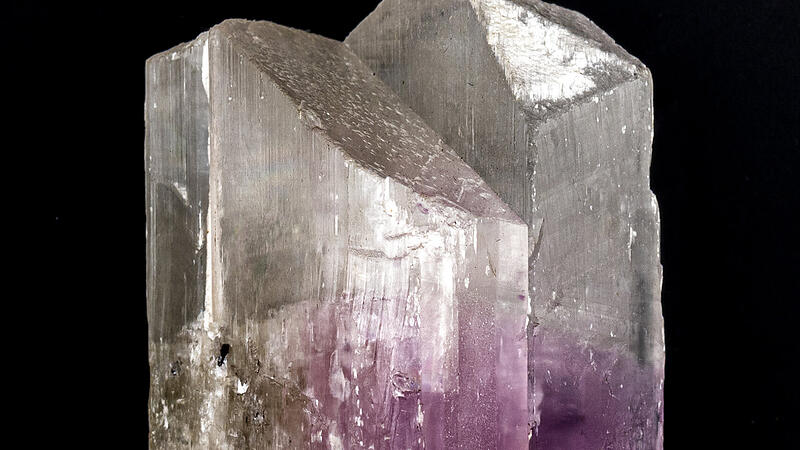
4-leaved oneberry
Plant of the year is the “four-leaved oneberry”. It grows in damp deciduous and mixed forests. Its bare stem is crowned with four equally high leaves and a blue-black berry (poisonous for humans) at the top.
Spodumen
Spodumene is a naturally occurring chain silicate. Chemically pure, it is colorless. However, contamination results in many colors, sometimes also intense pink, purple, green and yellow varieties, which are often used as gemstones.

Spodumen
The lynx
The Eurasian lynx with its brush ears and short tail is one of the largest predators in Europe, along with brown bears, wolves and wolverines. For a long time it was extinct in Austria and all of Central Europe due to direct persecution and habitat loss.
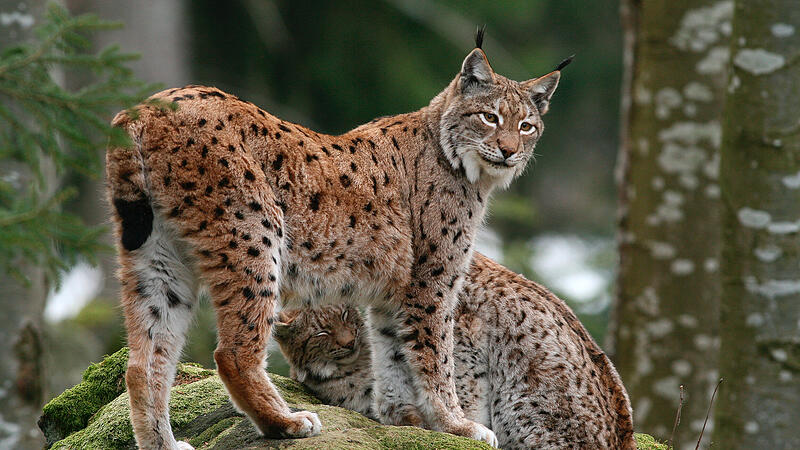
The Eurasian Lynx
Thanks to various resettlement projects since the 1970s, he is back at home in some regions of Austria. Lynx live in the Mühlviertel and Waldviertel, in the Kalkalpen National Park region, in Vorarlberg and occasionally in Tyrol.
The Posthornschnecke
The ramshorn snail is one of Austria’s largest water snails. It was named Mollusk of the Year 2022 by the Malacological Working Group at the House of Nature in Salzburg. Their case is flat, left-handed and measures up to four centimeters in diameter.
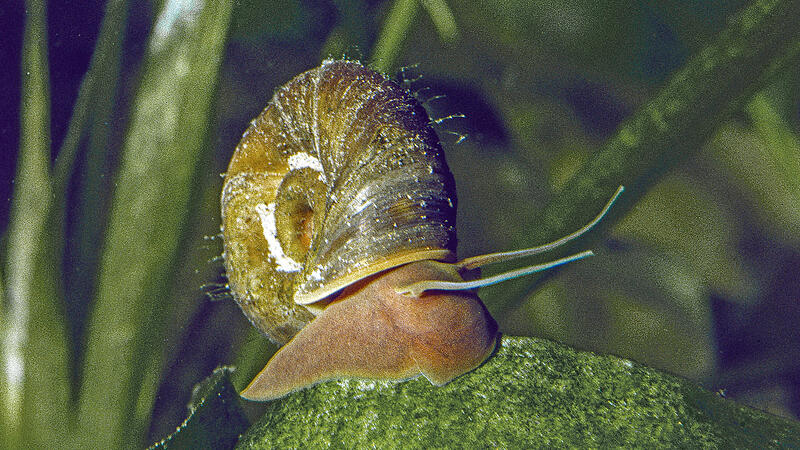
Posthornschnecke
This snail is the only European water snail to have the blood pigment hemoglobin in order to survive in oxygen-poor waters without breathing air. So much so that its red color shines through her black-brown skin. The animal is a hermaphrodite and can fertilize conspecifics or itself. It can be found in standing or slowly flowing natural waters and garden ponds.
The barbel
“A trunk-like, subordinate mouth, fleshy lips and four thick barbels characterize the fish of the year”, according to the Austrian Fisheries Association. The barbel (Barbus barbus) was once a “mass fish of the lowland rivers” in this country.

Because its habitat has been severely cut up by intensive water management and it lacks spawning grounds, it is now on the “warning list” of endangered species. The up to one meter long fish love company and water currents. They feed on insect larvae, clams, snails, worms and aquatic plants.
The house martin
The Bird of the Year is currently on winter vacation in Africa and won’t come back until the end of March. The house martin then moves back to clay nests in houses and stables in order to hatch three to five eggs twice in a row. The slim, blue-black-brown-powdery white bird measures 13 centimeters from the beak to the tip of its tail. It eats flying insects and mainly inhabits populated areas.
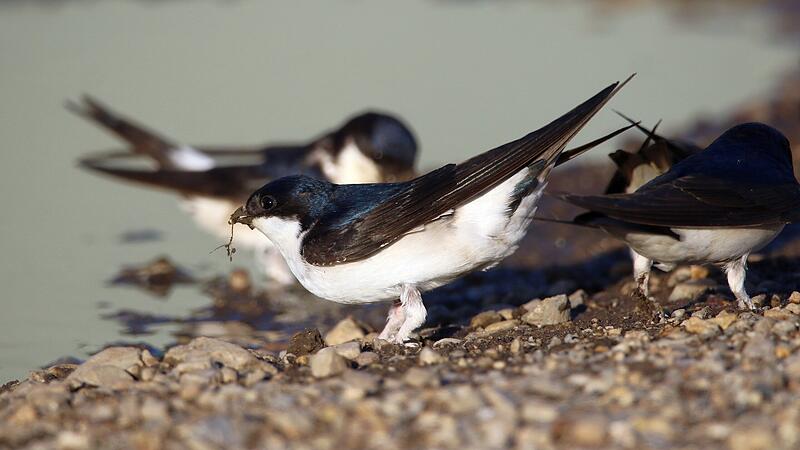
The house martin was chosen by BirdLife Austria to draw attention to the fact that it has halved the population within 20 years to 17,500 breeding pairs.
The black-necked camel-neck fly
A noticeably long neck, crystal-clear wings and a size of six to 15 millimeters characterize all camel neck flies. Only about 250 species of camel neck flies are known worldwide. So far 16 species have been described in Central Europe – one of them is the black-necked camel-neck fly.
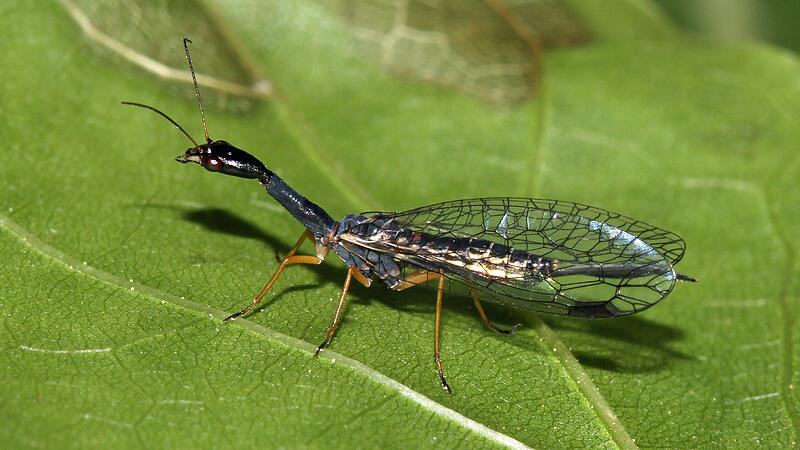
Image: Harald Bruckner
For a long time, this species was considered to be one of the rarest representatives of its species – until it was recognized that the adult animals are mainly in the canopy of trees, where they were not noticed for a long time. The sexually mature insects are diurnal and feed on aphids and scale insects.
The green toad
“Its beige-green spotted camouflage pattern with reddish knobs and greenish eyes makes the green toad unique among the native amphibians”, say the experts of the Austrian Society for Herpetology (ÖGH).
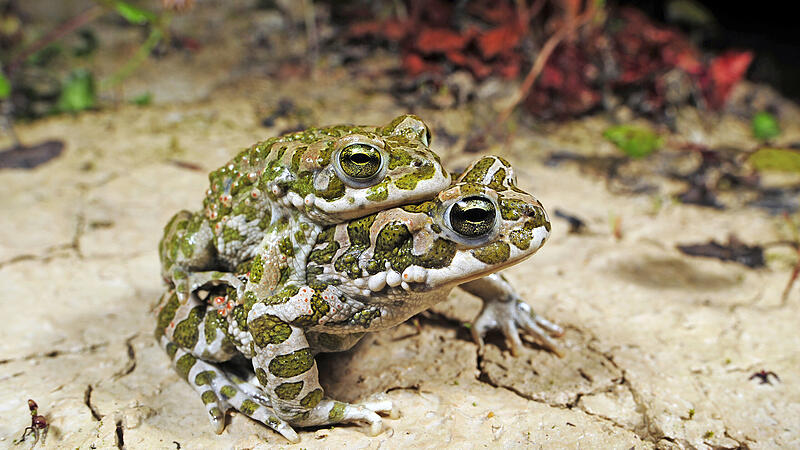
Photo: BENNY STAIRS
It is a “real toad”, up to ten centimeters long and lives at 200 to 400 meters above sea level in open cultivated landscapes. Like the swallow, it will leave its winter quarters in March. But later she will lay significantly more eggs, namely up to 15,000.
Adult animals are mainly on the move in the dark, during the day they crawl into self-dug earth tubes.
Reference-www.nachrichten.at